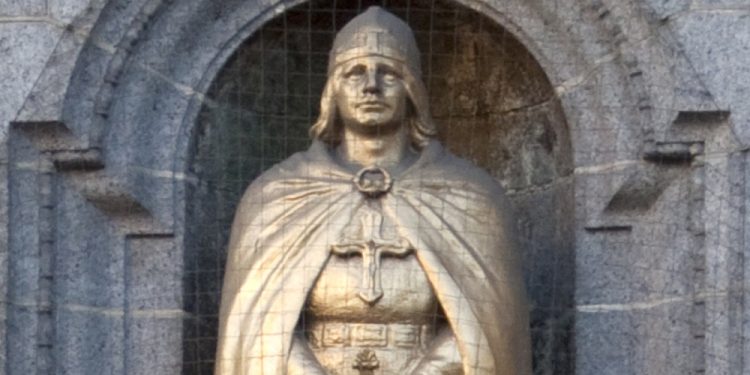
St. Olaf’s Day
St. Olaf’s Day is a public holiday observed in Norway and the Faroe Islands on the 29th of July. Also known as Olaf’s Wake or Olaf’s Vigil, this holiday is observed in the provinces of Savonlinna in Finland and Härjedalen in Sweden.
It’s a day to remember King Olaf II Haraldsson as the Eternal King of Norway—otherwise known as Rex Perpetuus Norvegiae. July 29th marks the date when this king died at the Battle of Stiklestad in 1030 AD. His apparent martyrdom is said to have established Christianity throughout Norway, and traditionally, with the canonization of King Olaf in 1031 AD, this day has been a major feast day in Norway.
The History of St. Olaf’s Day
At the end of the 9th century, King Harald Fairhair managed to unite several fiefdoms controlled by different local kings. He accomplished this feat of creating a unified Norwegian state through military superiority and a strategic marriage alliance with Hákon Grjótgarðsson of Nidaros. This worked out well until Harald died, and the alliance he had managed to hold together for so long unraveled.
After Harald’s death, his descendants and the Earls of Lade spent the next century locked in a series of feuds over who would control Norway. These feuds involved not only power and politics but sometimes religion as well, as several of Harald’s descendants attempted to convert pagan Norwegians to Christianity.
The conflict came to a head during the Battle of Stiklestad. During this battle, King Olaf II Haraldsson fell, and his body was carried away and buried in secret. A year after the battle, his grave was opened, and supposedly his body was found incorrupt. His body was moved to St. Clement’s Church in Trondheim, and he was canonized as a saint. The date of his death has been a church feast day ever since.
Observing St. Olaf’s Day
All over Norway, this holiday is celebrated with feasts and festivals to mark Rex Perpetuus Norvegiae—the eternal king of Norway.








